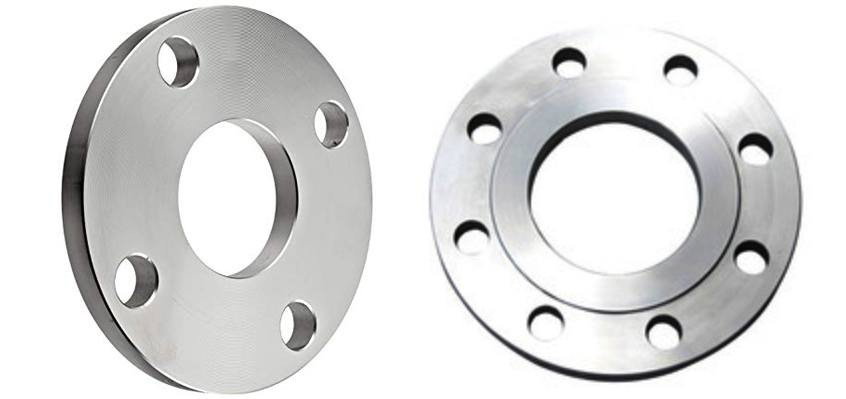The plate flange is a joint made by cutting, bending, welding or bolting sheet metal. It usually has a flat, smooth surface and can be connected to the ends of other plates or pipes. The structure of the plate flange is diverse, and there are different designs and structures according to different application requirements.
The manufacturing methods of plate flanges include cutting, bending, welding and bolting. Among them, cutting and bending are the key steps in the manufacture of plate flanges, requiring the use of professional cutting equipment and bending machines. In the welding process, the metal plates need to be welded together to form a complete plate flange. The bolted connection is to fasten the metal sheet together by bolts and nuts.
The material of plate flange is usually carbon steel, stainless steel, aluminum alloy and other metal materials. Different materials of the plate flange has different chemical composition, mechanical properties and corrosion resistance, should be selected according to the specific application needs of the appropriate material.
Application: Plate flanges are widely used in the connection of various pipes, containers and equipment. It can be used in indoor and outdoor pipelines, industrial pipelines, process pipelines, oil and gas pipelines, chemical pipelines and other fields. In addition, plate flanges can also be used in ships, automobiles, aerospace and other fields.
In short, plate flange is a widely used in various fields of connection, with simple structure, easy to manufacture and other advantages.

Previous: The Flange
Next: The Welded Neck Flange